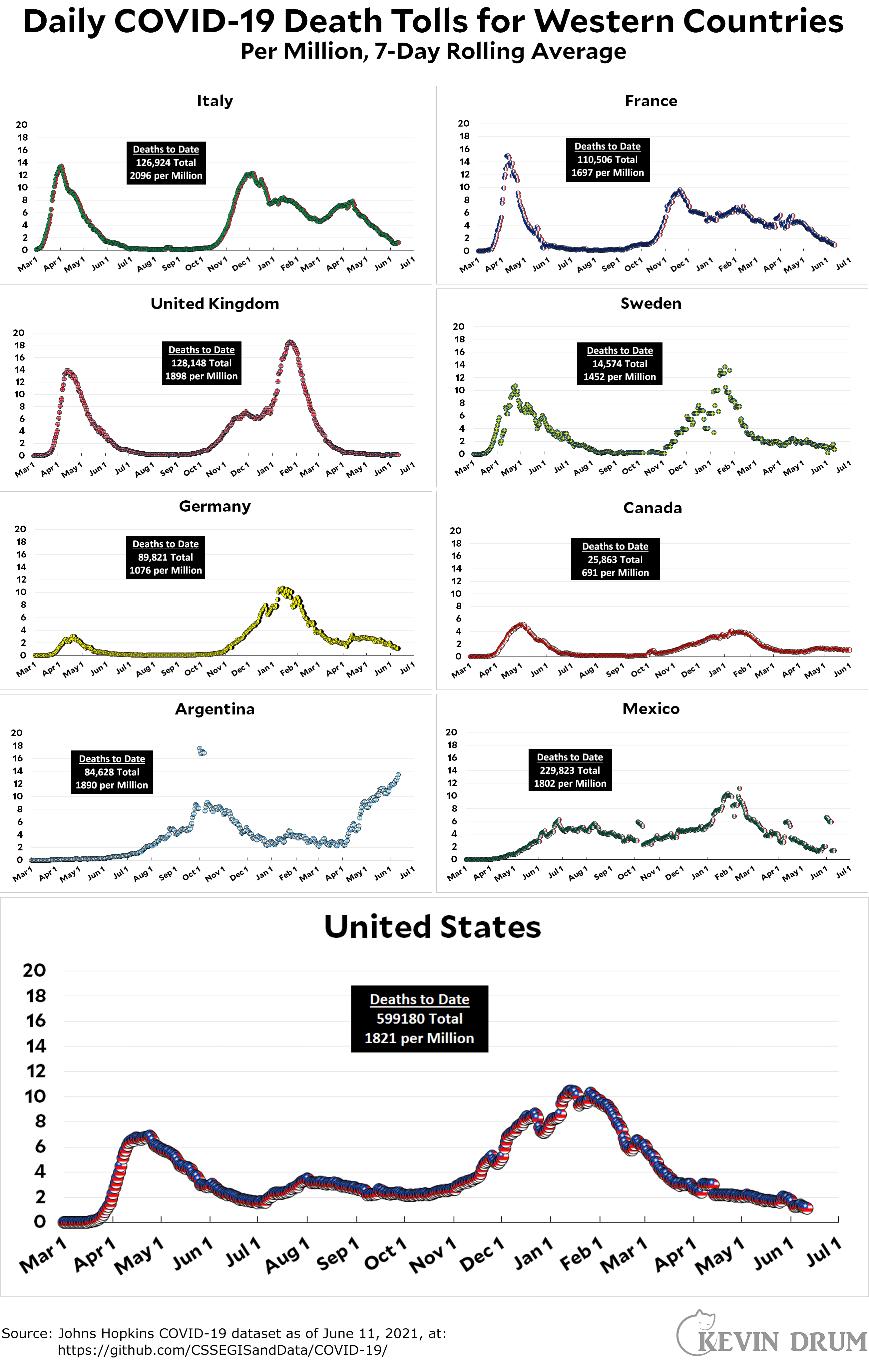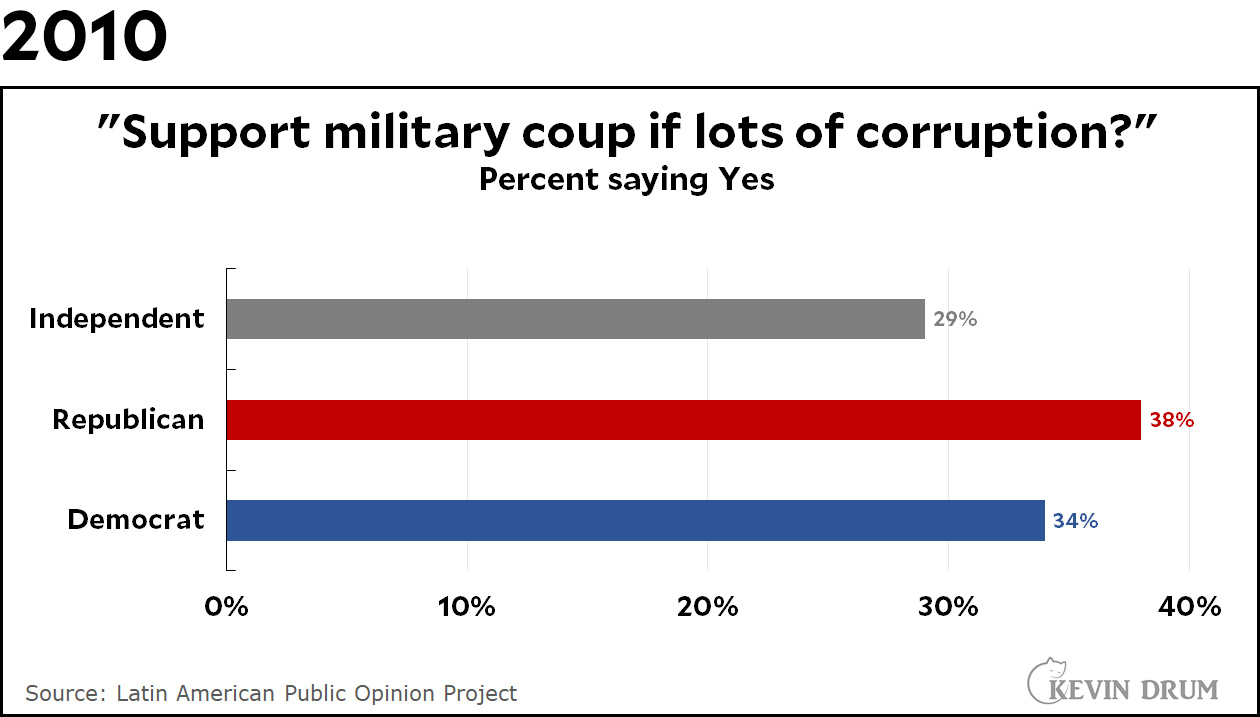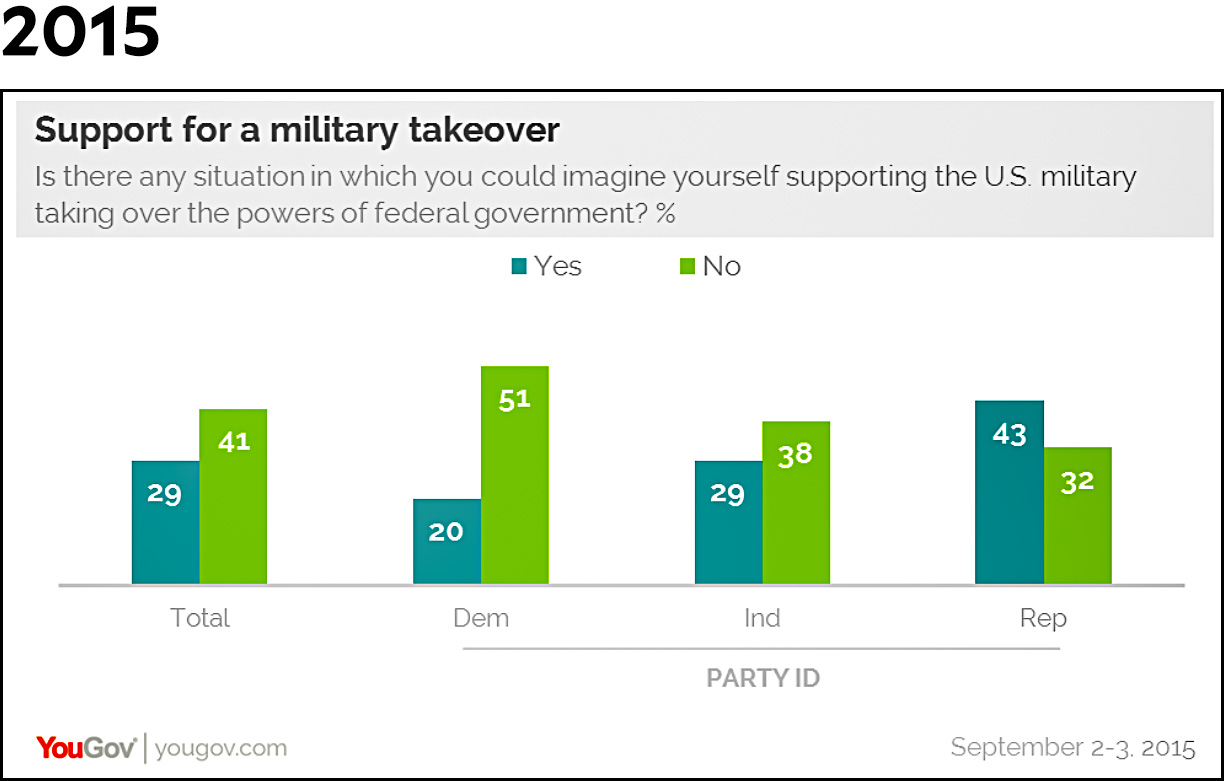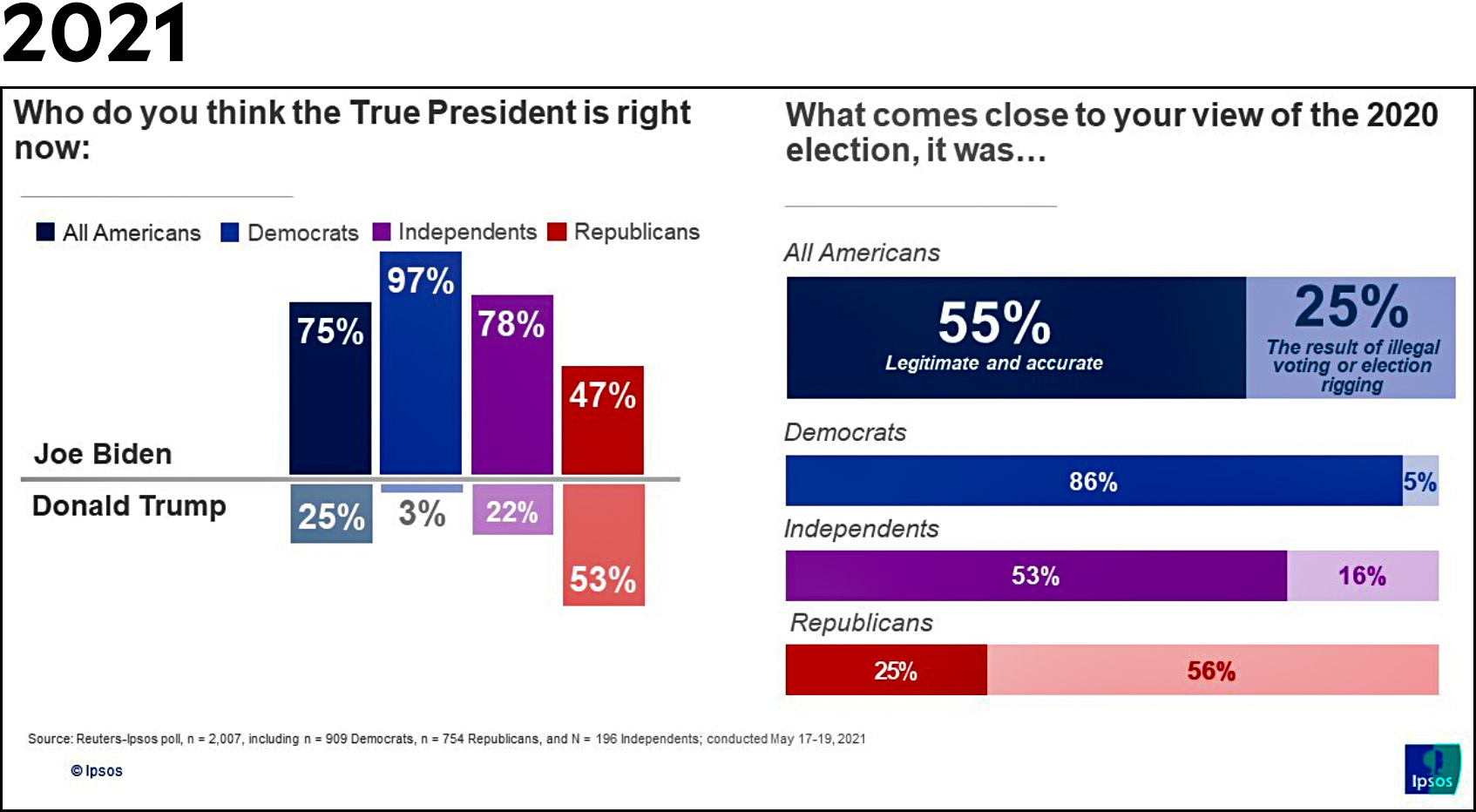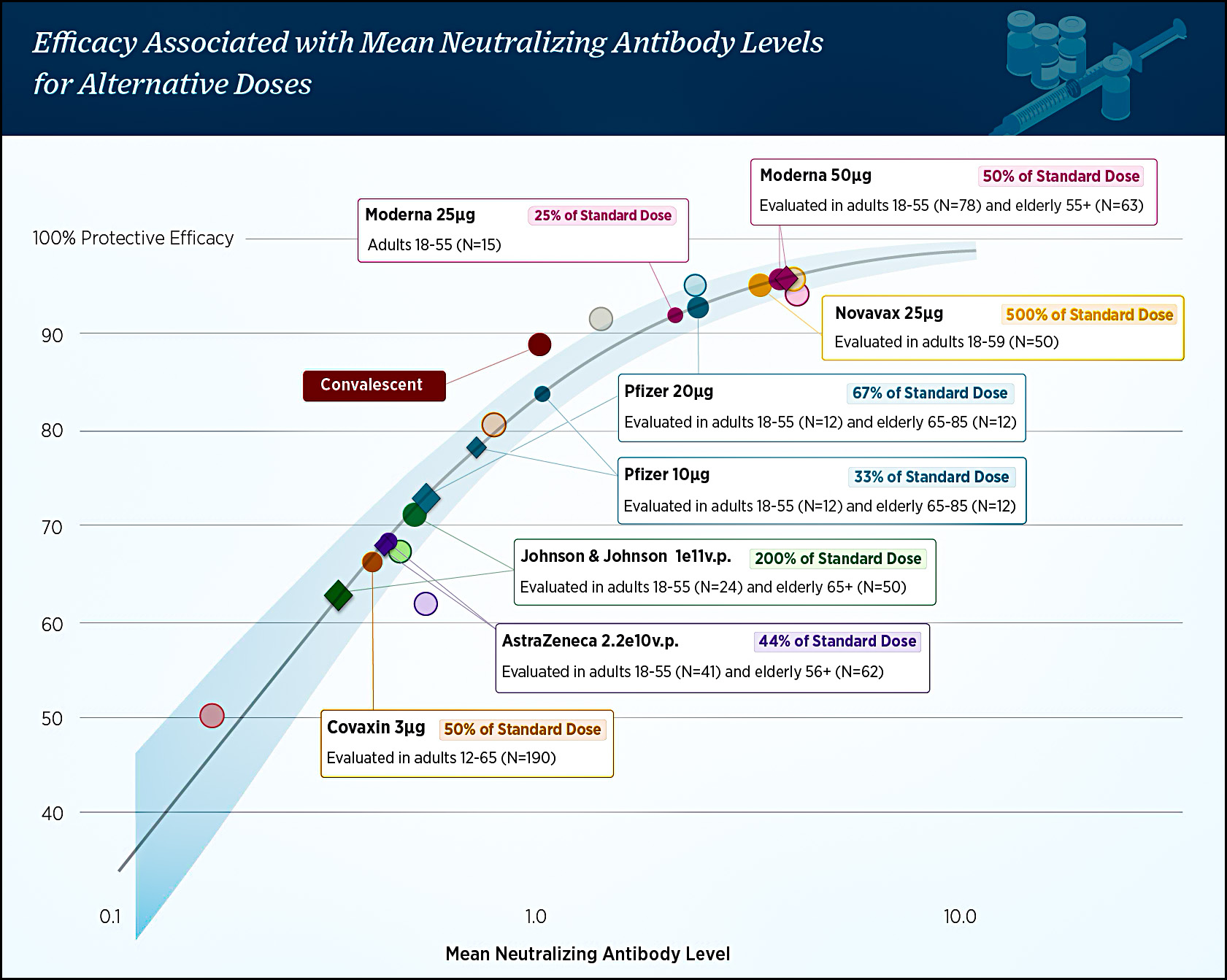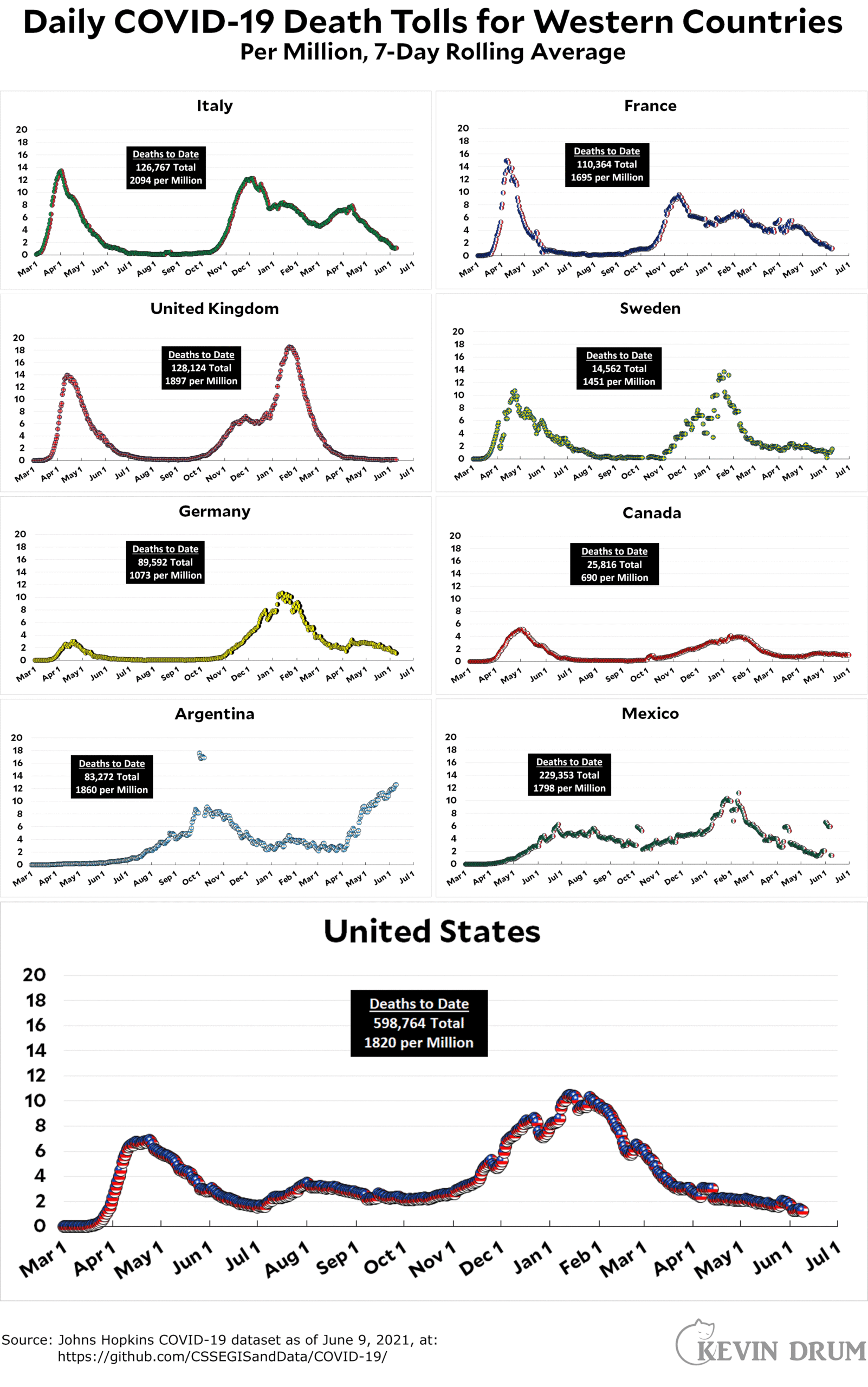The Earned Income Tax Credit is one of the biggest but least known of the Big Six federal welfare programs aimed at the poor. It is available only to people who work and file a tax return, and most of the benefits are paid to individuals with children
EITC, as the name suggests, is a tax credit, but it's a refundable tax credit. This means that you get it even if you owe no taxes, which makes it a straightforward cash payment. At the height of the Great Recession nearly 30 million people claimed the EITC each year, but that number declined as the economy recovered. In 2018 there were about 26 million people who claimed the EITC, amounting to a little over 8% of the population:

The EITC was a largely bipartisan program during the Reagan era and became steadily more generous through the mid-90s. After that, Republicans turned against it and average payments flattened out at about $2,500 per person:

The American Rescue Plan, passed earlier this year, made EITC substantially more generous, especially for filers with no children, but only temporarily. It will revert to its older parameters in 2023 unless Congress makes the changes permanent.
All data comes from the Tax Policy Center here.
